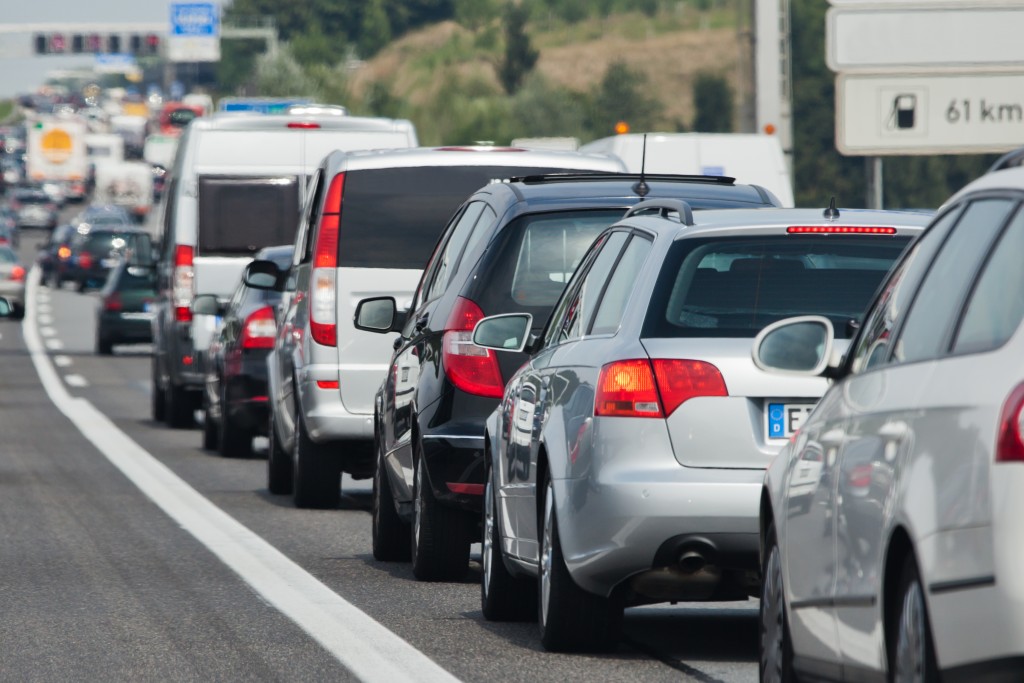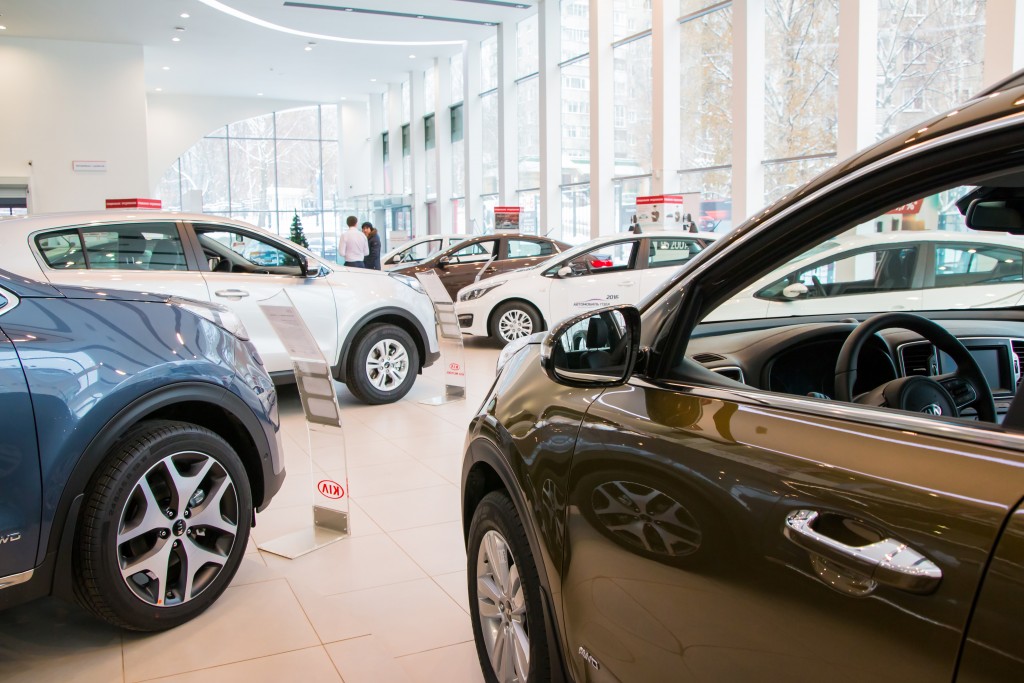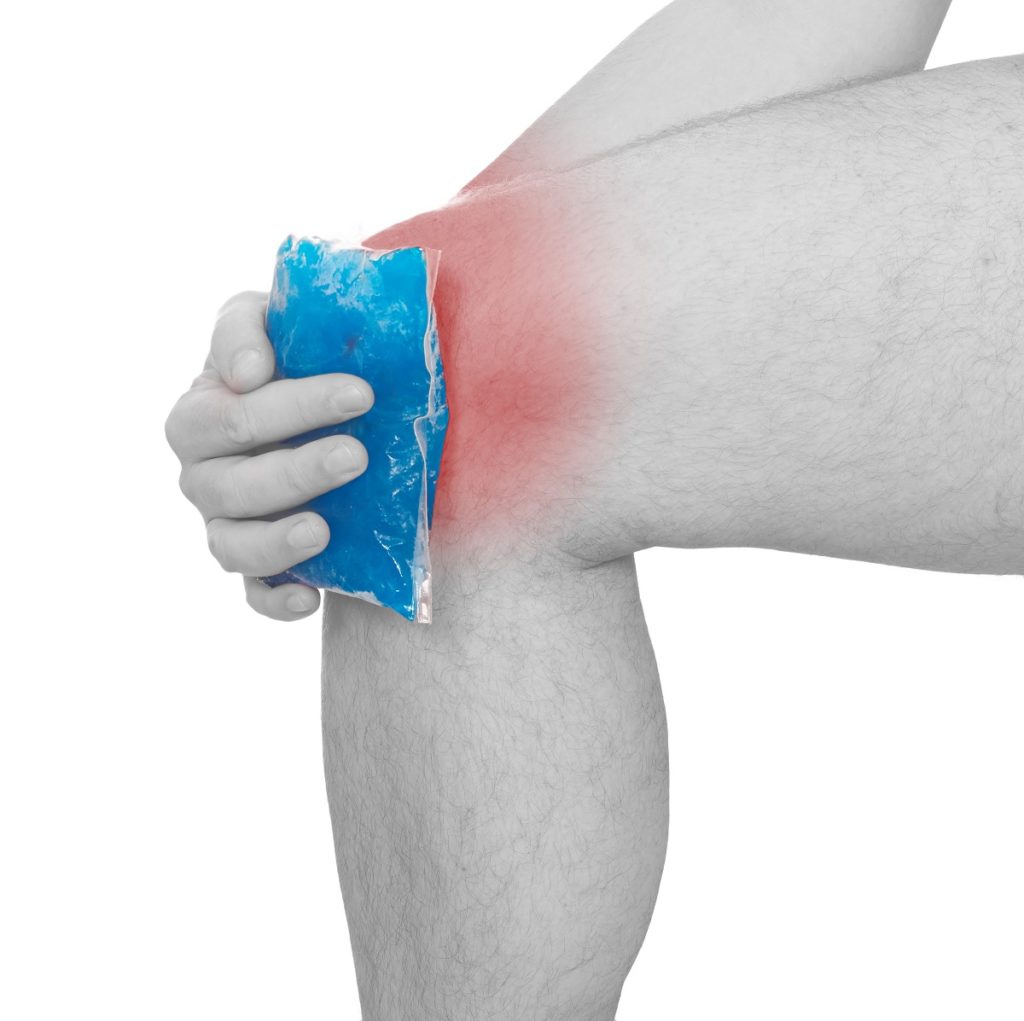Getting around Manila is both easy and difficult. While it’s easier to get directions compared to other Asian countries (everything is written in English or at least using the alphabet), the commute can be daunting. Get ready for Manila’s roads by knowing what awaits you the moment you land.
Ditch Public Transport
Public transport isn’t one of the country’s strong suits. The metros are relatively short (the one in EDSA is barely 10 miles long), and the buses can get extremely congested. A short ride on the subway can have you squeezing with strangers with no space to move, especially during certain hours. The air conditioning is sparse, and everyone is sweating next to each other. Buses are the same; they’re a little less congested, but traffic and frequent stops can double or triple your travel time. Ride-sharing services and taxis are available, but they can be sparse when you need them the most. However, the city does have an efficient short-distance travel system with its jeepneys (bus-like jeeps that hold 15 or more people) and tricycles (a motorcycle-based rickshaw). Traveling less than 2 miles is relatively easy — more than that becomes problematic.
License to Drive
Renting a car is probably your best option. As long as you have a license that uses the English alphabet or something close, you can drive in the country. You won’t need any additional paperwork or certifications for your first 90 days in the country. Head straight to a car rental service the moment you land at the airport or book a car online even before your flight. Sedan and SUV rentals are readily available, but you’ll need to make prior arrangements if you want to rent a luxury or sports car. Fast cars aren’t worth driving in the Philippines. Road conditions are adverse, there are speed bumps everywhere, and the speed limit is 60 kmph (less than 40 mph!) on the highways! Driving in Manila can be a bit daunting. Cars and buses will swerve lanes to cut you off, and motorcycle riders weave through traffic with little concern over their safety.
Don’t Get Lost
Opt for a ride with GPS navigation or use a similar app. Manila roads are notorious for their ever-changing and similar names — locking in your destination ensures you don’t make costly mistakes. Streets named after heroes and politicians are often found in more than one location — sometimes more than 15 miles apart. Be meticulous in programming your navigation system, or you might drive off in the wrong direction. The system of one-way roads can also be confusing, so avoid penalties and fines by letting a driving app guide you. Road signs are in English (or at least readable), and you can easily ask a random person for directions. Everyone in Manila understands English, and they would gladly help someone asking for directions.
Manila roads are easy to navigate, but the traffic can be frustrating. Plan your route, avoid the rush hour, and get behind the wheel and drive.




